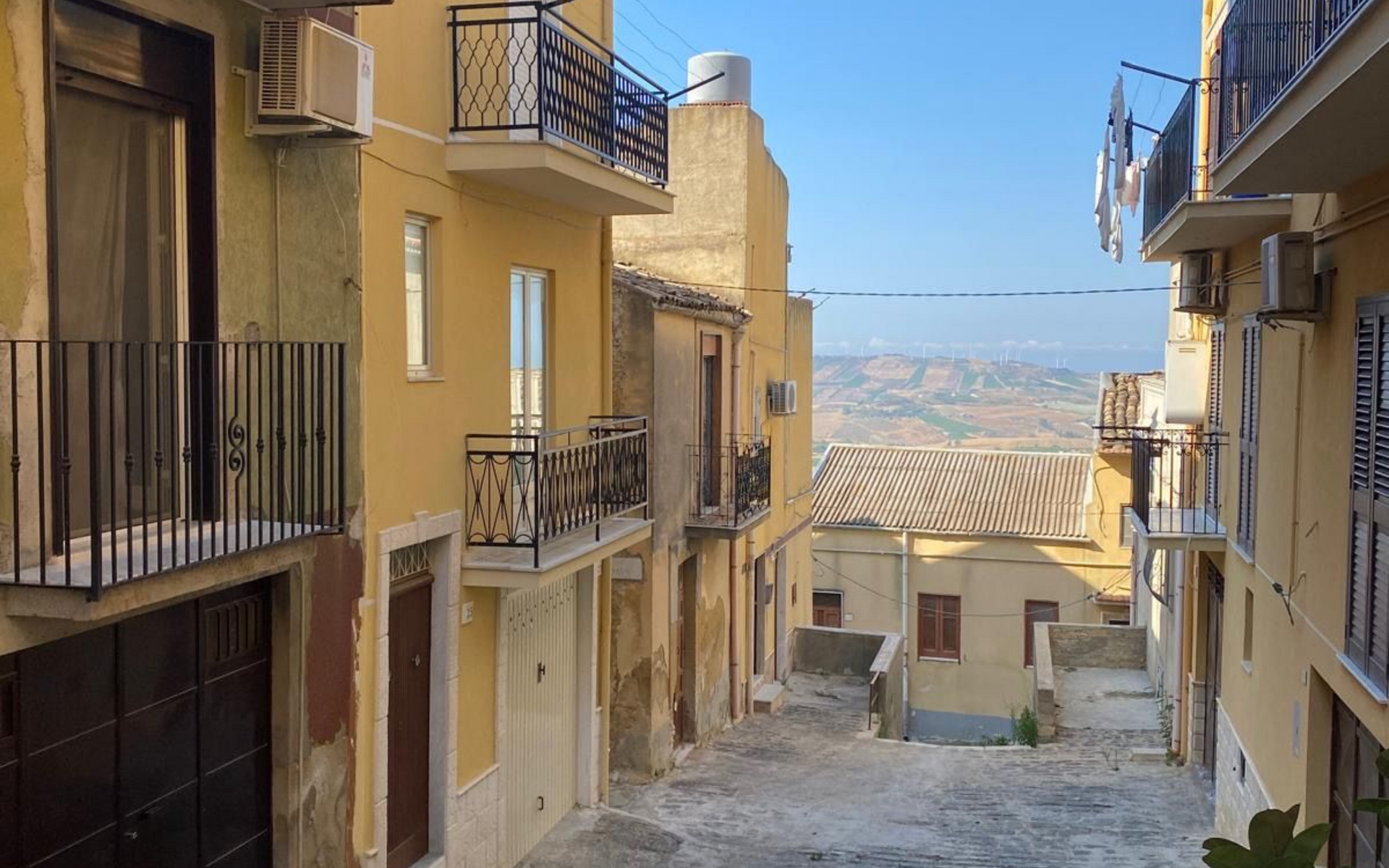Naro, Sicily: My Home from Home

Childhood Summers in Naro
As a child, summers in Naro were pure magic. Days started with the chiming of church bells echoing across terracotta rooftops. Afternoons meant running through cobbled streets polished smooth by centuries of footsteps, cousins and friends in tow, while the air carried the scent of baking bread and tomato sauce bubbling on stoves.
Our family beach trips were legendary. We’d pile into cars—far too many of us squeezed together—and drive toward the southern coast. Hours disappeared in the salty Mediterranean, splashing, diving, and floating under the Sicilian sun. The drive back was quieter: sticky with gelato, lulled by the rhythm of the waves still humming in our ears.
And always, there was food. Endless tables filled with pasta and meats and trays of chilled watermelon. Every bite was more than nourishment—it was heritage, love, and memory passed down through generations.

Naro: The Baroque Jewel of Sicily
Naro has long been called the “Fulgentissima” (the “most shining”) for its cultural and architectural beauty. Settled since antiquity, the town flourished in the Middle Ages, and in later centuries embraced the grandeur of the Baroque. Today, Naro is recognized as one of Sicily’s great Baroque cities, with ornate churches, sweeping staircases, and elaborate façades that give the town its distinctive character.
The Castello di Chiaramonte, built in the 14th century, still dominates the skyline. Its massive stone towers once guarded against invaders, but today they stand as a symbol of resilience. Walking through its halls, you feel the centuries whispering around you.
Then there are the churches—25 to be precise and 18 still open, each a treasure. From the Baroque splendour of San Francesco to the elegance of Sant’Agostino, and smaller chapels hidden in corners of the old town, Naro’s faith and artistry live side by side.
For me, these streets are home from home. I know every corner, every cobblestone, every view that opens up across the valley of almond and olive groves. For travellers, wandering Naro’s streets is like stepping into a living museum—history and daily life blend seamlessly here. One moment you’re standing before a centuries-old façade, the next you’re sipping an espresso at a café where locals greet each other like family.

Festa di San Calogero
No memory of Naro is complete without the Festa di San Calogero, celebrated 18th June each year in honour of the town’s beloved patron saint. San Calogero, is remembered for healing the sick and helping the poor.
During the festa, Naro bursts with colour and sound. Streets fill with processions as the statue of San Calogero is carried high on shoulders and pulled with ropes, music swells, and fireworks light the night sky in celebration. As a child, I remember holding my parents’ hands in the crowd, craning my neck to see the saint’s statue pass by, the energy of the town electrifying the air.
Today, the festa still gives me goosebumps. It’s not just about religion—it’s about belonging, about coming together as a community and celebrating life, faith, and heritage.
The centuries old tradition is that people make a promise to San Calogero to pull him through the streets with ropes, sometimes bare foot, as they believe they or a loved one will be healed or helped.

My home from home
Each summer, stepping off the plane and driving up into the hills toward Naro feels like slipping back into a familiar embrace. The cobbled streets, the Baroque churches, the castle watching over the town—they all remind me that I’m home.
For travellers, Naro may be a hidden gem in Sicily’s vast landscape. For me, it’s more than a destination—it’s where my roots are, where food and family intertwine, and where the echoes of fifty summers remind me that no matter where life takes me, my heart will always return to this shining Baroque town.
